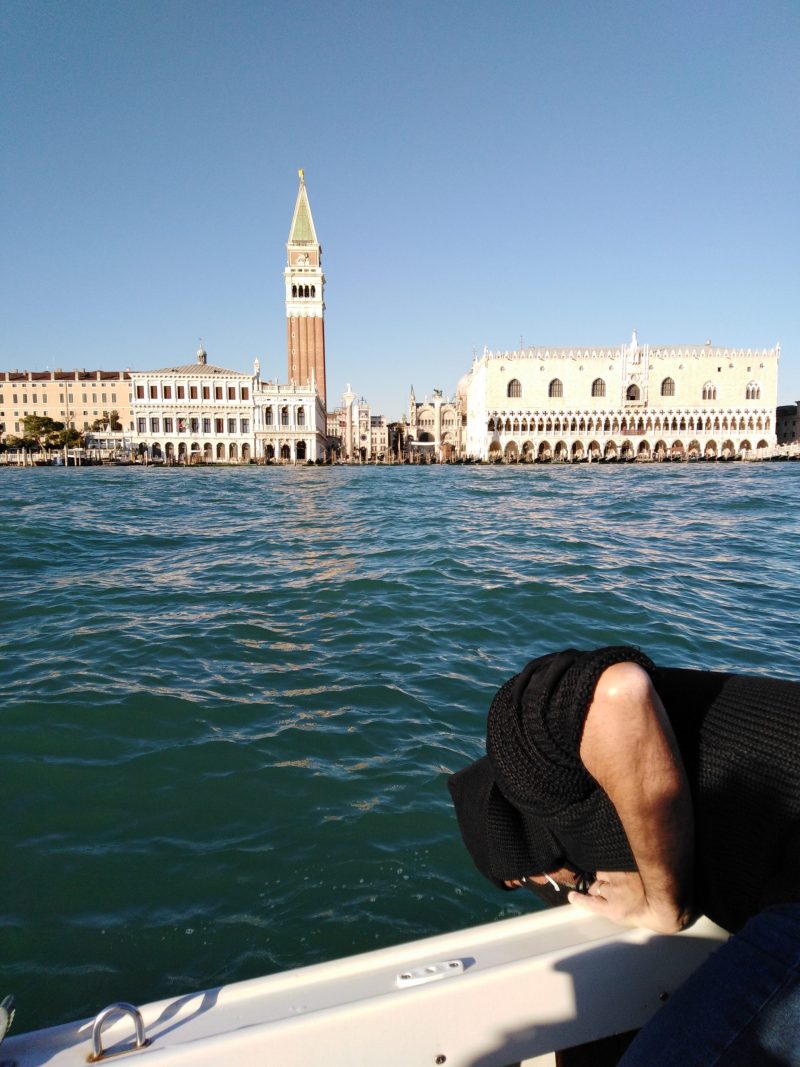New water sampling activities were conducted to understand the presence and the types of microplastics in the Venetian lagoon
On December 7th, Venice Lagoon Plastic Free carried out new water samplings in Venice’s old town centre.
The aim was to measure the quality, distribution and – if possible – the origin and composition of microplastics in our water. As partners of the European projects H2020 MAELSTROM and InNoPlastic, we carry out tests every six months.
Understanding the presence and the types of microplastics which contaminate Venice’s waters is fundamental not only to examine possible risks, but also to support potential mitigation and prevention activities by competent authorities.
Microlitter is one of the most discussed environmental issues recently. The interest in these contaminants has grown a lot during the past few years, due to the possible effects on our health and the ecosystems which they’re associated with.
The term microplastic is used to indicate fragments of any type of plastic less than 5 mm in length scattered in marine environments. Due to their very small size, weight and relative density, microplastics often accumulate on the sea surface, but they can also go down to the thermocline, the oceanic water layer in which water temperature decreases rapidly with increasing depth.
Microplastic pollution can be caused by direct actions such as washing synthetic clothing in washing machines or the use of cosmetics containing plastic microgranules, or indirectly from disintegration of much bigger plastic objects under solar exposure or mechanical friction of waves and currents: there is wide evidence that microplastics are present in all seas including the Mediterranean and especially the Adriatic Sea, where this kind of pollution is increasing.
Therefore, there is an urgent need for conducting new studies and analysing microplastics in water, firstly to better understand their toxicity and the impact on our health.
Water samplings were made in three areas of the Venetian lagoon (canal Grande, Saint Mark lagoon and M.O.S.E.) and for each area GPS coordinates were recorded. The sampling followed the EU guidelines. The water was collected in 5-litre stainless-steel containers.
The water was sent to the laboratories of the Materials Science and Engineering Faculty of the University Polytechnic of Bucharest (UPB) and to the Montani institute (ITT Montani), the oldest and one of the highest-ranked technical schools in Italy, a partner of Venice Lagoon Plastic Free.
Some results from previous analysis have been published by a prestigious international magazine, Science of the Total Environment. The article reveals COVID-19 lockdown impact on microplastics in Venice’s old town centre through a Chromatography-Mass Spectrometry (HS-SPME-GC–MS).
The chromatographic analyses enabled the identification of 40 analytes related to the presence of polymers in seawater, water traffic, and tourists’ habits pre-Covid. Water samplings continued after the 10th of March 2020, when the lockdown restrictions were enforced in Italy to control the spread of the SARS-CoV-2 infection; the ordinary urban water traffic around Venice came to a halt, and the ever-growing presence of tourists suddenly ceased. This situation provided a unique opportunity to analyse the environmental effects of restrictions on VOCs load in the lagoon. 17 contaminants became not detectable after the lockdown period. The statistical analysis indicated that the amounts of many other contaminants significantly dropped. The presence of 9 analytes was not statistically influenced by the lockdown restrictions, probably because of their stronger persistence or continuous input in the environment from diverse sources. Results signify a sharp and encouraging pollution decrease at the molecular level, even if it is not possible to quantitatively attribute the VOCs load variations to specific sources.
The result of this month’s samplings will offer a new precious piece to the work on analysis and measurement of plastic pollution in our city’s waters.
